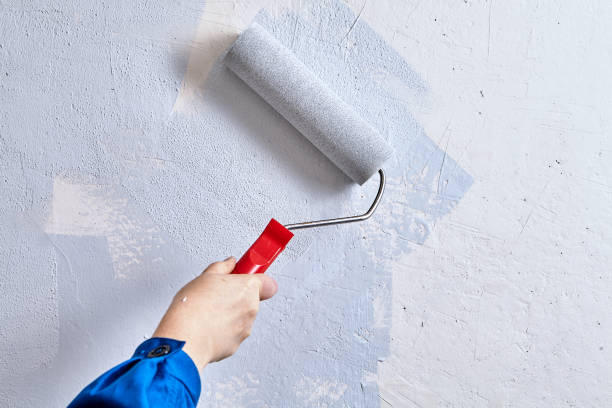
Sustainable Painting Practices and Techniques
Posted by on 2024-03-15
Sustainable painting practices and techniques are an essential component of the broader movement towards environmental responsibility in the arts. By definition, sustainable painting involves adopting methods that minimize ecological impact while conserving resources and reducing waste. The art world is increasingly acknowledging the significance of these practices as artists, galleries, and patrons alike strive for a more eco-friendly approach to creativity.
**Traditional** painting often involves materials and processes that can be harmful to both the environment and human health. For example, many conventional paints contain volatile organic compounds (VOCs), which release toxic emissions into the air during drying. These chemicals contribute to air pollution and can have adverse health effects on individuals with prolonged exposure. Furthermore, improper disposal of paint solvents and wash water can lead to soil and water contamination.
To address these issues, sustainable painters opt for **materials** with lower environmental footprints. One such choice is water-based paints or those labeled as low-VOC or no-VOC. These paints reduce airborne pollutants and are less hazardous to use. Additionally, natural pigments made from minerals or plants offer an alternative to synthetic dyes that often contain heavy metals like cadmium or lead.
Beyond selecting eco-friendlier paints, sustainable painters also adopt techniques that extend the life cycle of their materials. They might repurpose old canvases through overpainting or create artworks on found surfaces such as reclaimed wood or metal scraps. This not only diverts waste from landfills but also adds unique character to their work.
Another aspect of sustainable painting is responsible studio management. Artists conscientiously manage resources by using energy-efficient lighting, recycling containers, properly disposing of any hazardous waste, and even harvesting rainwater for rinsing brushes.
Some innovative practitioners go further by integrating sustainability into their subject matter or process—creating works that comment on environmental degradation or using live plant growth within their pieces.
Sustainability extends beyond individual practice; it influences community engagement too. Workshops promoting eco-conscious art-making methods help spread awareness about sustainable options among budding artists who might otherwise default to conventional mediums without considering their ecological ramifications.
In conclusion, sustainable painting practices represent a vital convergence between artistic expression **and** ecological stewardship—a testament to our growing recognition that every stroke we make on canvas has reverberations beyond the studio walls into the vast ecosystem we all share.
**Traditional** painting often involves materials and processes that can be harmful to both the environment and human health. For example, many conventional paints contain volatile organic compounds (VOCs), which release toxic emissions into the air during drying. These chemicals contribute to air pollution and can have adverse health effects on individuals with prolonged exposure. Furthermore, improper disposal of paint solvents and wash water can lead to soil and water contamination.
To address these issues, sustainable painters opt for **materials** with lower environmental footprints. One such choice is water-based paints or those labeled as low-VOC or no-VOC. These paints reduce airborne pollutants and are less hazardous to use. Additionally, natural pigments made from minerals or plants offer an alternative to synthetic dyes that often contain heavy metals like cadmium or lead.
Beyond selecting eco-friendlier paints, sustainable painters also adopt techniques that extend the life cycle of their materials. They might repurpose old canvases through overpainting or create artworks on found surfaces such as reclaimed wood or metal scraps. This not only diverts waste from landfills but also adds unique character to their work.
Another aspect of sustainable painting is responsible studio management. Artists conscientiously manage resources by using energy-efficient lighting, recycling containers, properly disposing of any hazardous waste, and even harvesting rainwater for rinsing brushes.
Some innovative practitioners go further by integrating sustainability into their subject matter or process—creating works that comment on environmental degradation or using live plant growth within their pieces.
Sustainability extends beyond individual practice; it influences community engagement too. Workshops promoting eco-conscious art-making methods help spread awareness about sustainable options among budding artists who might otherwise default to conventional mediums without considering their ecological ramifications.
In conclusion, sustainable painting practices represent a vital convergence between artistic expression **and** ecological stewardship—a testament to our growing recognition that every stroke we make on canvas has reverberations beyond the studio walls into the vast ecosystem we all share.